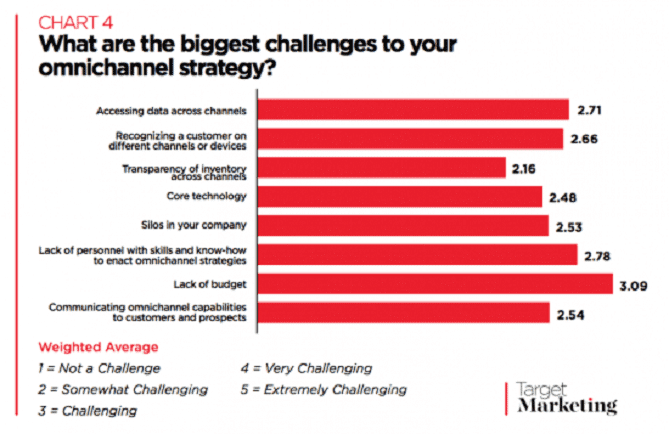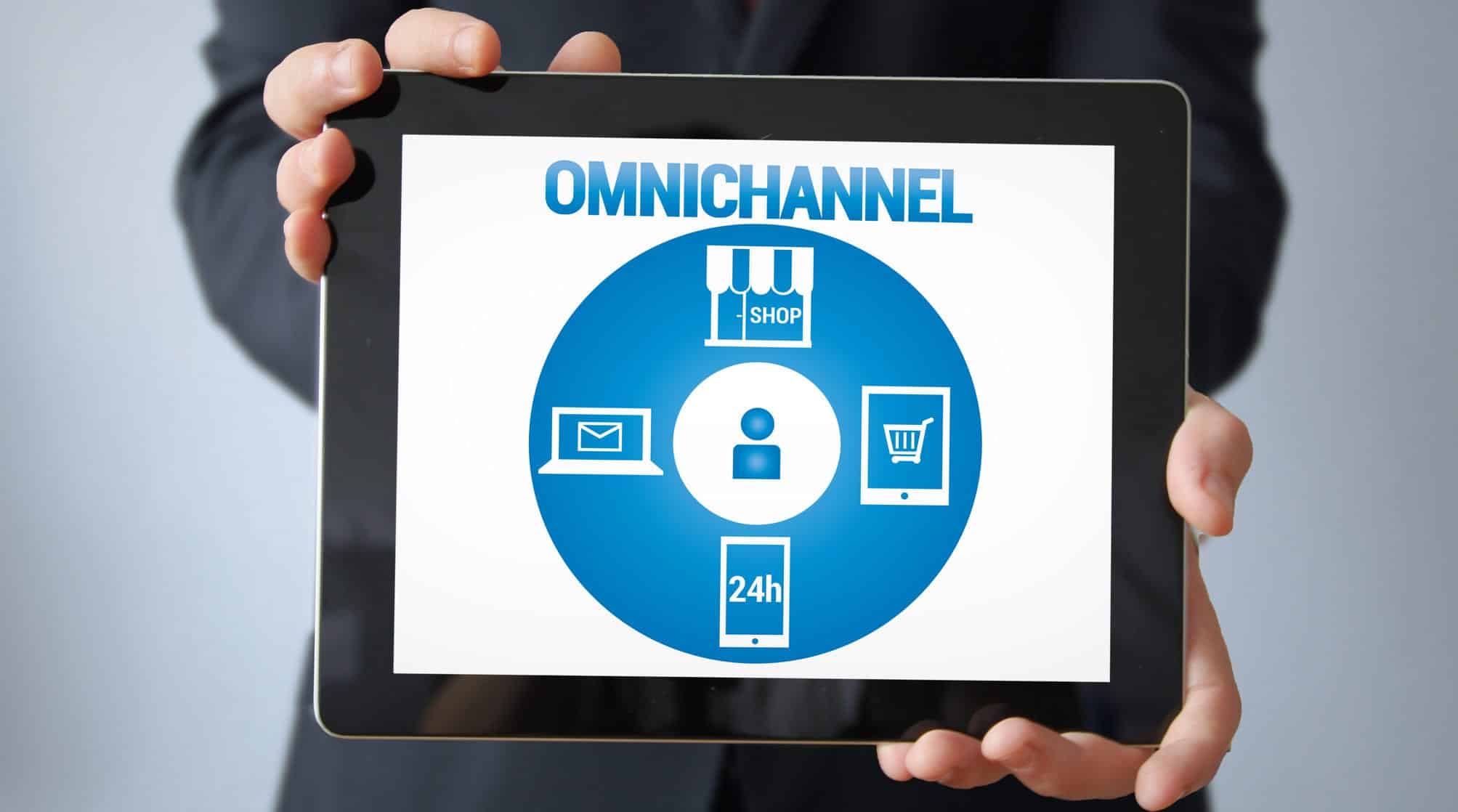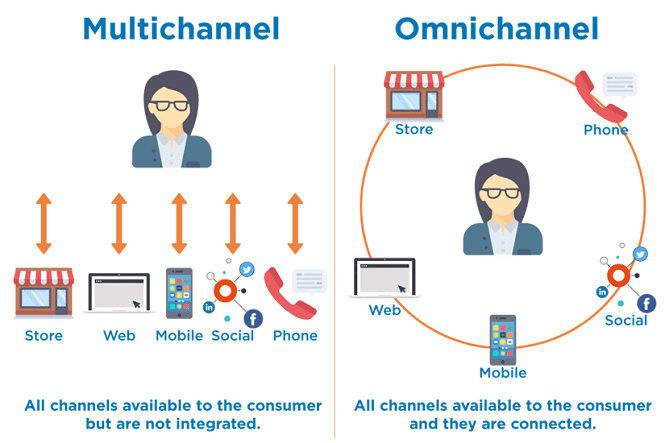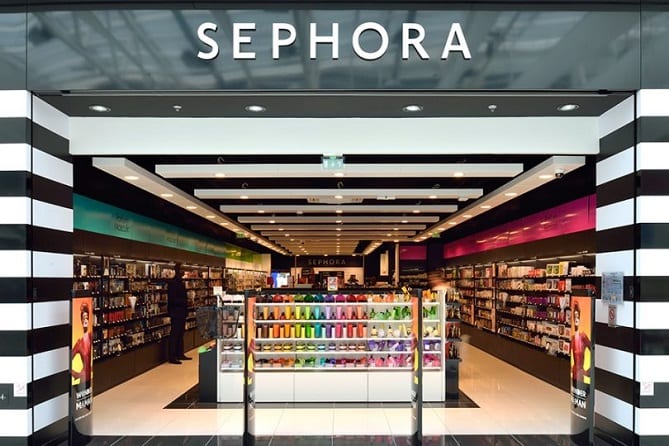Retail stores had been the backbone of a location’s economy for well over a few centuries. And up until 1994, they still were, but then something changed.
The world saw the potential of the .com channel. Cash flowed into businesses adopting the internet like never before. Retail followed the example and you soon got your first eCommerce stores.
Customers fell in love with the convenience eCommerce stores provided and soon the belief that retail stores were dying was born.
However, one aspect where eCommerce business was yet to match with the retail stores was the purchasing experience. The moment customers arrived, the store manager or an attendant was always present to help customers find that one product that matched their needs. And, the eCommerce industry was yet to catch up with the personal touch that retailers offered seamlessly.
Companies started adopting new technologies like live chat, cold calling, discounts, customer loyalty plans, and many other strategies to provide an in-store experience to online customers. But as effective as they are in engaging customers, companies still fell short of providing the human connection.
That’s when the eCommerce businesses decided to walk that extra mile and offer seamless customer experience along with convenience. And this led to the coining of the term, Omnichannel.
The Rise of Omnichannel
The rise of social media channels and communication boards meant that now customers didn’t raise their problems only through a single channel. It also meant that eCommerce merchants were not limited to selling their merchandise only on their own website, they had access to other customer touchpoints too.
These factors contributed to the rise of Omnichannel support. Every organization-defined omnichannel marketing in their own way, some of them being:
- HubSpot: “the ability to deliver a seamless and consistent experience across channels, while factoring in the different devices that consumers are using to interact with your business.”
- Google: “ensuring [retailer] marketing strategies are geared toward enabling customers to convert on any channel.”
- Frost and Sullivan: “seamless and effortless, high-quality customer experience that occurs within and between contact channels.”
The bottom line is that companies aimed to deliver a seamless customer experience across all channels without the customer feeling any difference in the service provided. For this, companies started following their customers wherever they appeared. Winning in an omnichannel world for companies was about making their presence known on all communication channels their audience flocked to.
Dilemma: Is Omnichannel Still Relevant?
One of the priorities for marketing executives is to create an effective omnichannel strategy to convert prospects into customers.
Question is, how long can you beat the “one brand, many channels” drum in the market to capture the attention of your audience?
Steve Dennis in one of his posts comments that “While many brands were slow to drink the omnichannel Kool-Aid, failing to recognize a fundamental shift in consumer behavior that began over a decade ago, most are now throwing gobs of money at various cross-channel marketing and ‘seamless integration’ initiatives.”
Social media platforms, no doubt, are a great way to let your customers know about your presence and where they can reach you out. That’s why keeping a tab on all your social channels becomes essential. However, bringing an excellent customer experience isn’t about being everywhere at once, but being at the right place for the right people.

Companies need to keep in mind that the shift towards digital communication was done not with the sole intention of making it an all-encompassing customer touchpoint. It was done to help gather customer data which could then be used to improve the eCommerce customer’s experience; it was done with an aim to maintain a personalized human touch, which is now being ignored in the rush to be omnipresent.
So, coming back to our question – Is the relevance of omnichannel waning?
If we’re being honest, in the sense that it is being used now, the relevance of Omnichannel has been affected. Be it through chatbots, social mentions, or even on-page live chat operators, omnichannel communication is an overused and under-sold buzzword, being used just for the sake of being relevant. Omnichannel is still an effective form of communication with the customer, but limiting its purpose to only being a touchpoint will lead it to eventually being nothing more than a buzzword that marketing talks about.
The Need for Harmonized Retail
The modern customer is no longer a bystander waiting to learn about the latest trends from the retailer. The modern customer is an educated, tech-savvy, informed decision-maker who is up-to-date with the latest trends. Customers are no longer logging in to websites with the intention of making their purchase decision after viewing all the products available to them, they go with a focused determination to make an informed choice. The same goes for brick and mortar stores.
A research paper published in 2014 by Forrester found that:
- 56% of consumers have used their mobile device to research products at home
- 38% used their mobile device to check inventory availability while on their way to a store
- 34% used their mobile device to research products while in a store.
This just shows that the customer has made their purchase decision before they even walked into the store. An omnichannel experience limited to only resolving post-purchase issues adds no significant data to this stage of the purchase life cycle even though this stage is where the customers actually form their view about the experience provided.
Customers have moved past the point where they only wanted the convenience provided by online stores. They still long for the personal touch when they go shopping and as such, they still look for brick and mortar stores. Research by Google in 2014 showed that 3 out of 4 people who find local information in search results are more likely to visit stores. The digital age is not driving customers away from physical stores, but bringing them back.
In short, the digital experience influences the sales of a store and vice versa.
Sephora: The Harmonized Retail Brand
In a podcast, Sephora’s EVP of Omni Retail Mary Beth Laughton discusses the success formula of winning at customer experience.
Mary Beth talks about meeting the needs of savvy customers and creating a modern retail organization. But first, she talks about keeping the teams aligned across all channels and how teams (both offline and online) forecast the growing needs of the customers. So, she made sure that the teams across the channels had just one goal in mind – the overall sales of the brand, and not the sales through their particular channel.
Mary Beth shares how Sephora wanted to build an attitude and a mindset across teams to make the customer the center of their marketing practices. That’s how they coined the term ‘Omnitude’. The idea is that the teams will do whatever it takes to build a seamless customer experience no matter wherever, however, and whenever they make a purchase for their products.
What really strikes in her conversation is how online returns increased and that too at their physical store. They prompted their customers to return their products to the store rather than submitting a request online.
The company saw it as an opportunity to engage with customers and help them find beauty products that matched their skin tone. Basically, product returns became an opportunity for Sephora to upsell their other products and improve the existing ones as per the growing needs of the customers.
Mary Beth also answered the question, “is brick and mortar dying?”
She says that stores are playing a more important role – providing a personalized human touch. And how it is missing across all other touchpoints. So, a physical store becomes a channel for peer-to-peer connection where a customer can get help on, let’s say choosing a foundation. Mary Beth says that many customers normally make mistakes while purchasing a foundation shade according to their skin tones.
To help customers find the right foundation color, they have virtual artists at their stores. All customers have to do is stand in front of the screen and click the type of product they are looking for that matches their skin tone.
Sephora also encourages free makeovers at their stores to prompt customers to take a look at their other products. So, once the makeover is complete, the beauty advisor informs the customer about the products that were used during the process. This approach increases the interest of the customers and prompts them to make a purchase at the store.
Now, makeovers help them achieve two goals:
- One, boosting the confidence of the customer for their products and convincing them that the products used are what they should opt for. This helps them upsell their products.
- Two, learning more and more about the customers and developing their services at the physical, and online stores to make sure they exceed their expectations every time.
Mary Beth also talks about how social influencers online have made it necessary for the brand to evolve. There are many YouTube channel videos where people tell viewers about how to do contouring or how to perfect the technique of applying a liner. This goes to show that, customers already know about the latest trends, but they want to learn how to adopt them. And, that’s where social influencers and brand advocates play a pivotal role in the chain.
Omnichannel Isn’t Dead, It Just Needs to Evolve
Many industry experts have been raising the claim that omnichannel is dead, but it is not dead, and probably never will be. The only change that needs to happen is that omnichannel support needs to evolve. The same definition of omnichannel that was applicable a few years ago cannot be applied now. The internet has evolved since then, and so has the customer base, their definition of customer experience has evolved and like all of those factors, omnichannel support needs to evolve as well.
The point isn’t to chase after the customer at every channel through social monitoring, mentions, and social media handles that the customer prefers. Omnichannel support needs to evolve to bring the customer what they want when they want, irrespective of the channel used. It’s about bringing experiences to life across all touchpoints. The human aspect that tends to get lost in the midst of automated messages, mass mailing devices, etc., needs to be found again.
Providing a store experience within an eCommerce customer service portal is made simpler with the use of personalization tools like live chat. However, your support operators shouldn’t wait for the customers to approach them. Follow a proactive approach with the customer the same way you would, when a customer walks into your physical store.
Omnichannel support is about providing a physical store experience to your customers by improving your eCommerce customer service. The customer does not expect you to be everywhere at once. They just need you to provide the same customer experience on your website that they would find at your physical store. This is our definition of the new evolving omnichannel support.
Businessman with omnichannel on a tablet -DepositPhotos




